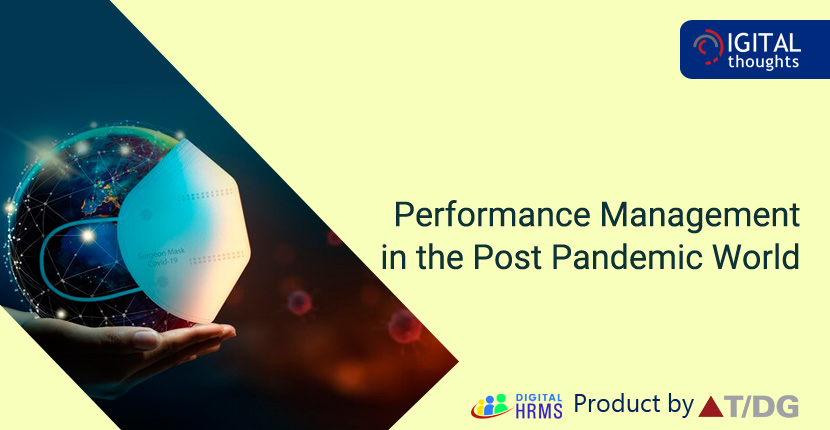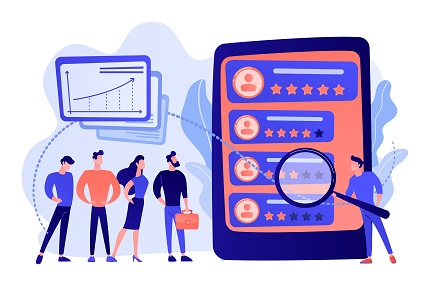Performance Management in the Post Pandemic World

It has been almost 2 years since the organizations across he globe were forced to switch to the remote work model and a lot of things have changed since then. The remote work has not just moved the employees from their office desks to their workstations at home, but also changed the way employees worked, their work hours, how they interacted with team members, how they marked attendance, employee training initiatives, and more.
Performance management of employees is also one area that has evolved significantly in the post pandemic era. With remote work becoming the “new norm”, employees are now accustomed to a new way of working, which calls for a fresh approach to performance management, with even a new set of parameters thrown in. After all, with the dynamics of work redefined, it’s time to redefine the performance management approach as well, so that the employees know if their efforts are in the right direction and how productive they are.


A performance management system can go a long way in helping the HR team define the right set of parameters and keep the employees motivated with frequent real-time feedback. Digital HRMS is an example of an automated performance management system that offers multiple functionalities to help the HR team streamline the performance management process to benefit the employees as well as the organization. Here we shall look into a few parameters that Digital HRMS caters to, in order to help the HR team make some strategic changes.
Focusing on the KPIs
KPIs are the indicators that define the success of business operations. Employees must be aware of the KPIs in order to be able to focus on the areas that matter and contribute towards efficiency of the organization. When you have clearly defined KPIs, you can expect higher performance levels. A performance management system like Digital HRMS allows the HR team to define the KPIs as per the requirements of each project or individual roles and responsibilities.
Defining the Objectives
While KPIs are about the individual performances of each employee, the objectives are about the team and even the organization as a whole. While the employees should be familiar with the KPIs, it is also important for them to be aware of the bigger objectives, so that they get a sense of purpose and know what they are collectively working for. This gives a sense of accountability and encourages collaboration between employees in the organization and a performance management system is a great way to get started with this.
Implementing the Practice of Continuous Feedback
While many enterprises still follow the practice of annual performance assessments, HR experts across the globe are insisting on the need for continuous feedback. Continuous feedback helps the employees discover their areas of improvements on a frequent basis, which allows them to improve immediately. Also, on-the-spot recognitions for a job well done motivates them to work even harder and give their best. While continuous feedback was not possible due to the manual HR management process prevalent earlier, a performance management system automates the entire process and so, continuous feedback becomes not just possible but also quite easy to implement. So, it is a good practice for HR professionals in the post pandemic workplace to use a performance management system for continuous feedback.
Want to explore more about how the Digital HRMS performance management system can help your HR team streamline employee performance management?
Visit our website www.digitalhrms.com or drop us an email on marketing@digitalhrms.com and our team will get in touch with you. Now, get Full access to the Digital HRMS HR software platform Free for 90 Days. Available for Limited Period only!
Stay connected with us on Social Media for all the latest updates.
Read more: Overview of Digital HRMS Journey in 2021
